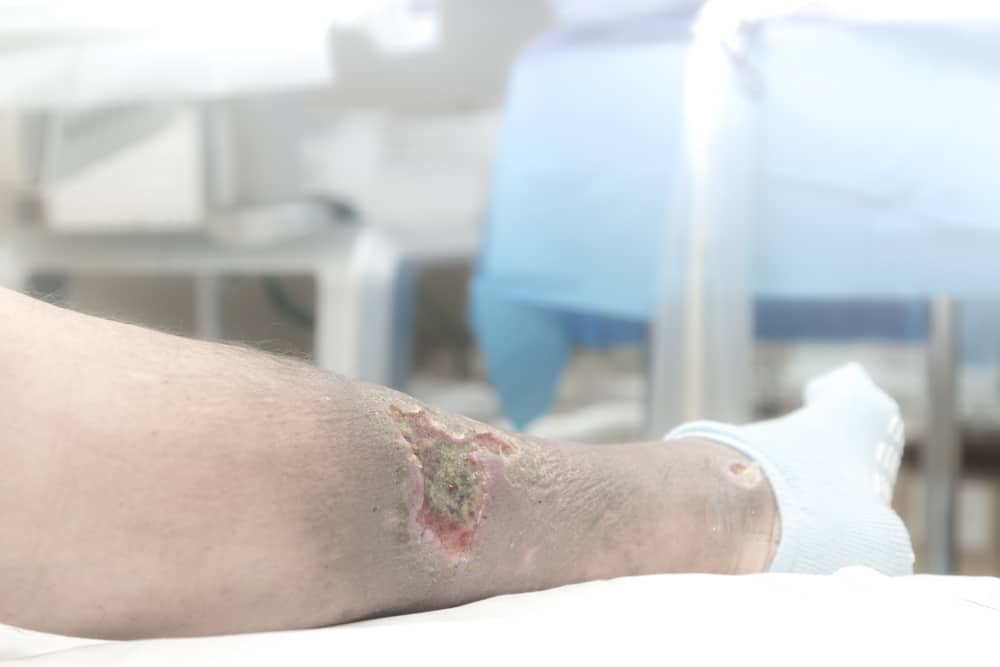
Edema is defined as a palpable swelling caused by an increase in interstitial fluid volume. The most likely cause of leg edema in patients over age 50 is venous insufficiency. Venous insufficiency affects up to 30% of the population, whereas heart failure affects approximately 1%. Most patients can be assumed to have one of these diseases unless another cause is suspected after a history and physical examination. However, there are at least 2 exceptions to this rule: pulmonary hypertension and early heart failure can both cause leg edema before they become clinically obvious in other ways.
Deep vein thrombosis is often responsible for acute unilateral leg swelling. Chronic causes of leg swelling include venous insufficiency, pulmonary hypertension, heart failure, idiopathic edema, lymphedema, drugs, premenstrual edema and pregnancy.
Clinical signs of venous etiology include lower extremity swelling which may be unilateral or bilateral and often does not affect the foot. In time, the development of spider veins and varicose veins may result from increased venous pressure. In advanced stages, hemosiderosis may appear proximal to the medial malleolus. Lipodermatosclerosis may be evident by palpation of dense, woody tissue often in a gaiter distribution. In end-stage patients, venous stasis ulcers may be proximal to the medial malleolus , however venous stasis ulcers have been found in the lateral ankle region when small saphenous vein disease is present.
Conservative treatment of symptoms includes the use of NSAIDs for pain, periodic leg elevation and compression garments. Compression stockings should be used cautiously in patients suspected of arterial insufficiency. If PAD is suspected, an ABI should be obtained prior to beginning compression therapy. Studies have shown that venous tone does not improve over the course of compression therapy. Therefor, compression therapy will not improve superficial vein reflux.
Endovenous ablation offers a cure for venous reflux. Used in combination with ultrasound guided sclerotherapy and micro-Phlebectomy, patients will see improvement in their symptoms and quality of life . It should be noted that this is a disease process. Patients with sedentary standing occupations, hereditary predisposition, obesity or hormone replacement therapy are at risk of developing venous reflux in a different distribution. As a result, compression garments are helpful following ablation procedures to reduce the develop of new disease.


